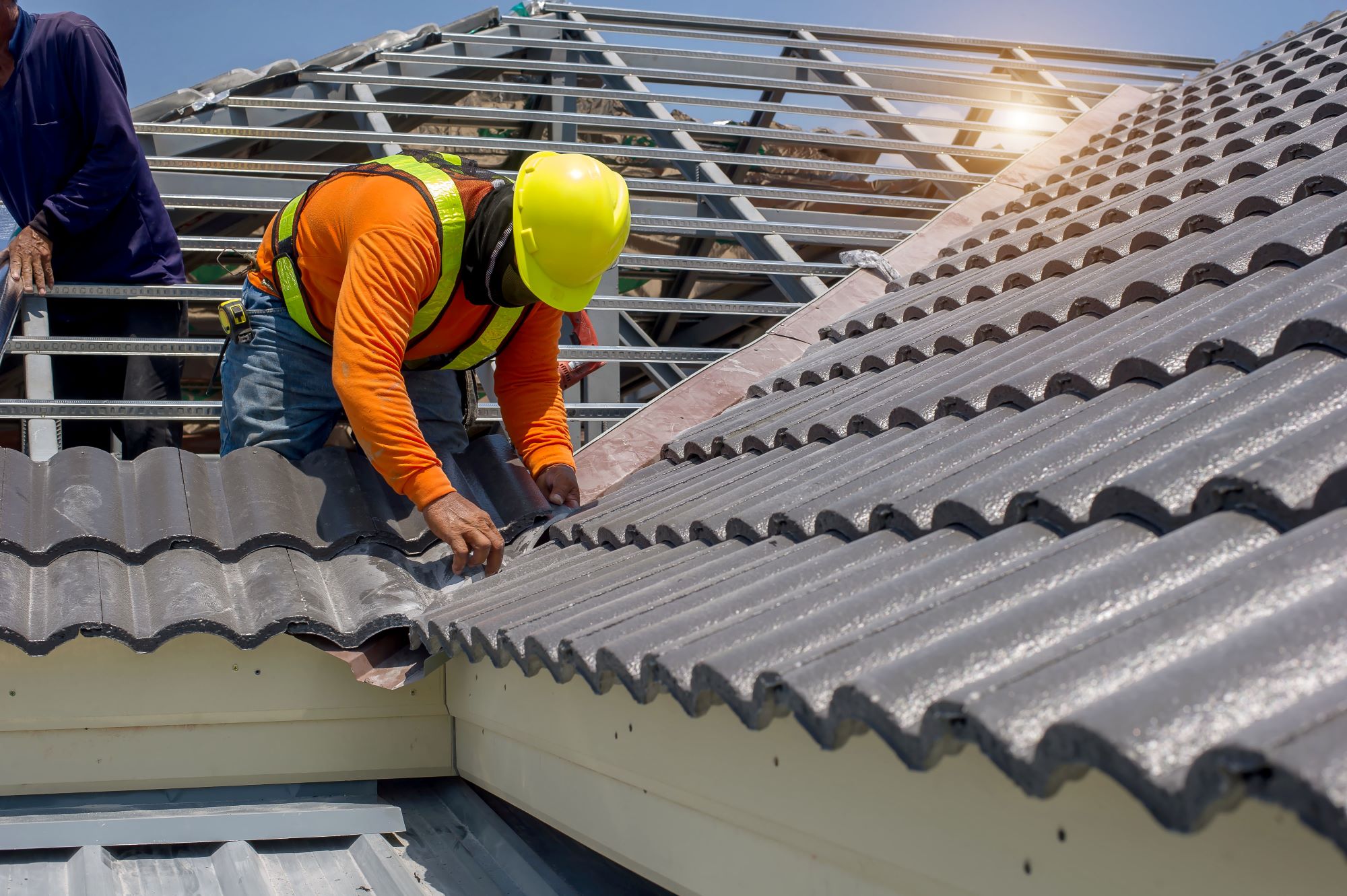When considering the upgrade or installation of a new roof, homeowners and building owners alike weigh the options between traditional roofing materials and metal roofing. The choice often comes down to factors such as durability, aesthetics, maintenance, And, importantly, cost. While discussing the cost of a metal roof compared to traditional materials, it’s crucial to delve into various aspects that influence the overall financial commitment without focusing on specific monetary amounts. This discussion will encompass the initial installation, lifespan, maintenance, energy efficiency, and potential for customization, along with insights on selecting metal roof contractors and the significance of searching for “metal roofing near me.”
Initial Installation and Material Costs
The installation of a metal roof involves several nuanced considerations that differentiate it from traditional roofing materials like asphalt shingles, clay tiles, or wooden shakes. Metal roofing installation is a specialized process that requires skilled contractors familiar with the intricacies of metal materials. The complexity of installation, the type of metal (such as aluminum, steel, copper, or zinc), and the roof’s design all play pivotal roles in the broader context of cost. Traditional materials, by contrast, often have a wider range of contractors capable of handling the installation, potentially affecting the initial outlay for labor.
Durability and Lifespan
One of the most compelling arguments for metal roofing is its superior durability and extended lifespan compared to traditional roofing materials. Metal roofs can withstand harsh weather conditions, including high winds, heavy snow, and rain, without deteriorating as quickly as other materials. This resilience translates to a longer lifespan, often two to three times that of traditional roofs, which typically last 15 to 30 years, depending on the material. Over time, the need for fewer replacements can contribute to cost savings, albeit in the long term.
Maintenance Costs
Maintenance is another critical factor affecting the overall cost. Metal roofing requires significantly less maintenance than traditional materials, which may need regular inspections, repairs, or replacements of damaged sections. The minimal maintenance of metal roofs not only reduces ongoing costs but also adds convenience and peace of mind for homeowners.
Energy Efficiency and Environmental Impact
Metal roofs are often praised for their energy efficiency, reflecting sunlight and heat away from the building, which can lead to reduced cooling costs in warmer climates. This reflectivity can result in energy savings over time, contributing to the roof’s overall cost-effectiveness. Furthermore, metal roofs are typically made from recycled materials and are fully recyclable at the end of their life, offering an environmentally friendly option that might appeal to eco-conscious homeowners.
Aesthetics and Customization
The aesthetic appeal and customization options of metal roofing can also influence the decision. Metal roofs offer a variety of styles, colors, and finishes that can complement any architectural design, from traditional to contemporary. While the initial cost might be higher, the ability to customize and achieve a specific look or match a historical style can add value to a property.
Choosing the Right Metal Roof Contractors
The selection of skilled metal roof contractors is crucial for ensuring a high-quality installation. Experienced contractors can provide valuable advice on the best type of metal roofing for a particular climate or design preference, potentially affecting long-term satisfaction and cost-efficiency. Homeowners should conduct thorough research, including searching for “metal roofing near me,” to find reputable professionals with a track record of successful installations.
The Importance of Proximity
Searching for “metal roofing near me” not only helps in finding local contractors who understand the regional climate and building codes but also can reduce transportation and logistics costs associated with the roofing materials. Local contractors may also offer more personalized service and faster response times for maintenance or repairs, enhancing the overall value of the investment.
Conclusion
While the initial cost of a metal roof might appear higher than traditional roofing materials, several factors contribute to its overall value proposition. The extended lifespan, reduced maintenance, energy efficiency, and potential for customization must be weighed against the upfront installation costs. Homeowners should consider the long-term savings and benefits, alongside the aesthetic appeal and environmental impact, when making their decision.
Moreover, the choice of metal roof contractors and the emphasis on finding reputable “metal roofing near me” play essential roles in ensuring a successful and cost-effective installation. By carefully considering these aspects, homeowners can make an informed decision that balances initial costs with long-term advantages, ensuring that their roofing choice meets both their practical needs and aesthetic desires, without focusing solely on the monetary aspects.
- Roofing Company Denver CO
- Roofing Company Fort Collins CO
- Roof Installation Denver CO
- Roof Installation Fort Collins CO
- Roof Repair Denver CO
- Metal Roof Installation Denver CO
- Metal Roof Repair Denver CO
- Flat Roof Installation Denver CO
- Flat Roof Repair Denver CO
- Tile Roof Installation Denver CO
- Tile Roof Repair Denver CO
- Commercial Roofing Denver CO
- Roofing Company Littleton CO
- Roofing Company Colorado Springs CO
- Roofing Company Boulder CO
- Roofing Company Arvada CO
- Roof Installation Littleton CO
- Roof Installation Colorado Springs CO
- Roof Installation Boulder CO
- Roof Installation Arvada CO
- Roof Repair Fort Collins CO
- Roof Repair Littleton CO
- Roof Repair Colorado Springs CO
- Roof Repair Boulder CO
- Roof Repair Arvada CO
- Commercial Roofing Fort Collins CO
- Commercial Roofing Colorado Springs CO
- Commercial Roofing Boulder CO
- Roofing Company Longmont CO
- Roof Installation Longmont CO
- Roof Repair Longmont CO
- Metal Roof Installation Longmont CO
- Flat Roof Installation Longmont CO
- Home Remodeling Longmont CO
- Commercial Roofing Longmont CO
- Commercial Roof Replacement Denver CO
- Commercial Roof Replacement Longmont CO
- Commercial Roof Installation Denver CO
- Commercial Roof Installation Longmont CO
- Commercial Roof Company Denver CO
- Commercial Roof Company Longmont CO
- Commercial Roof Contractor Denver CO
- Commercial Roof Contractor Longmont CO
- Window Installation Denver CO
- Window Installation Longmont CO
- Window Contractor Denver CO
- Window Contractor Longmont CO
- Window Replacement Denver CO
- Window Replacement Longmont CO
- Window Installation Company Denver CO
- Window Installation Company Longmont CO

